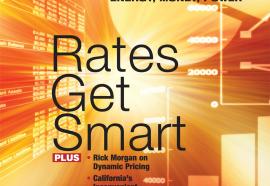Real Green Costs
Valuing risk reduction for renewables and DSM.
Resource planners are faced with complex choices for developing cost-effective and robust energy supply portfolios. These choices are complicated by uncertainties inherent in future fuel and emissions costs. In the summer of 2008, retail energy providers with supply primarily from wind generation had a substantial cost advantage over gas-fired generation. In the summer of 2009, though, gas prices plummeted in the wake of the recession. Reversing the previous trend, this shift causes wind generation to appear more costly relative to gas-fired generation.











